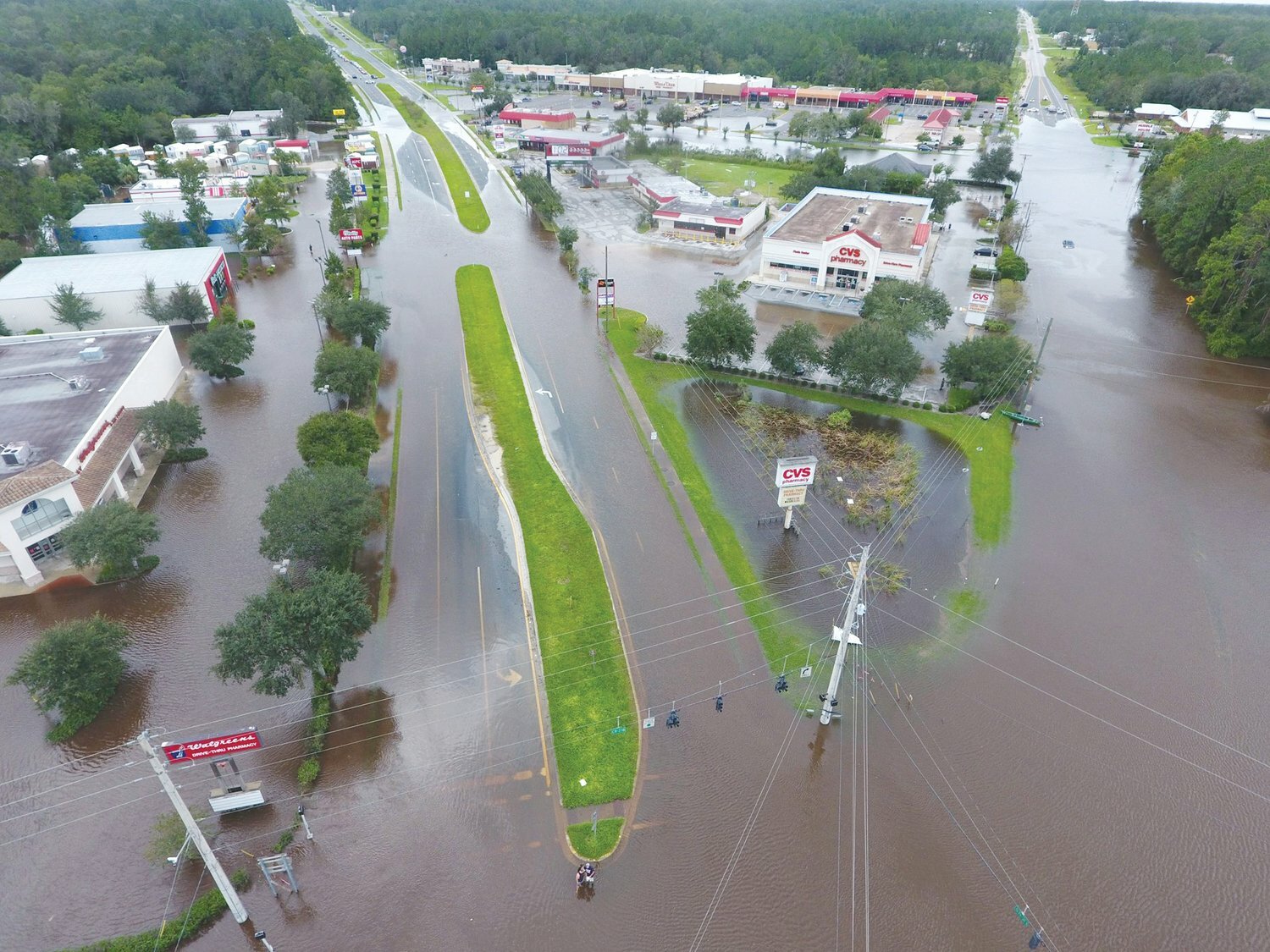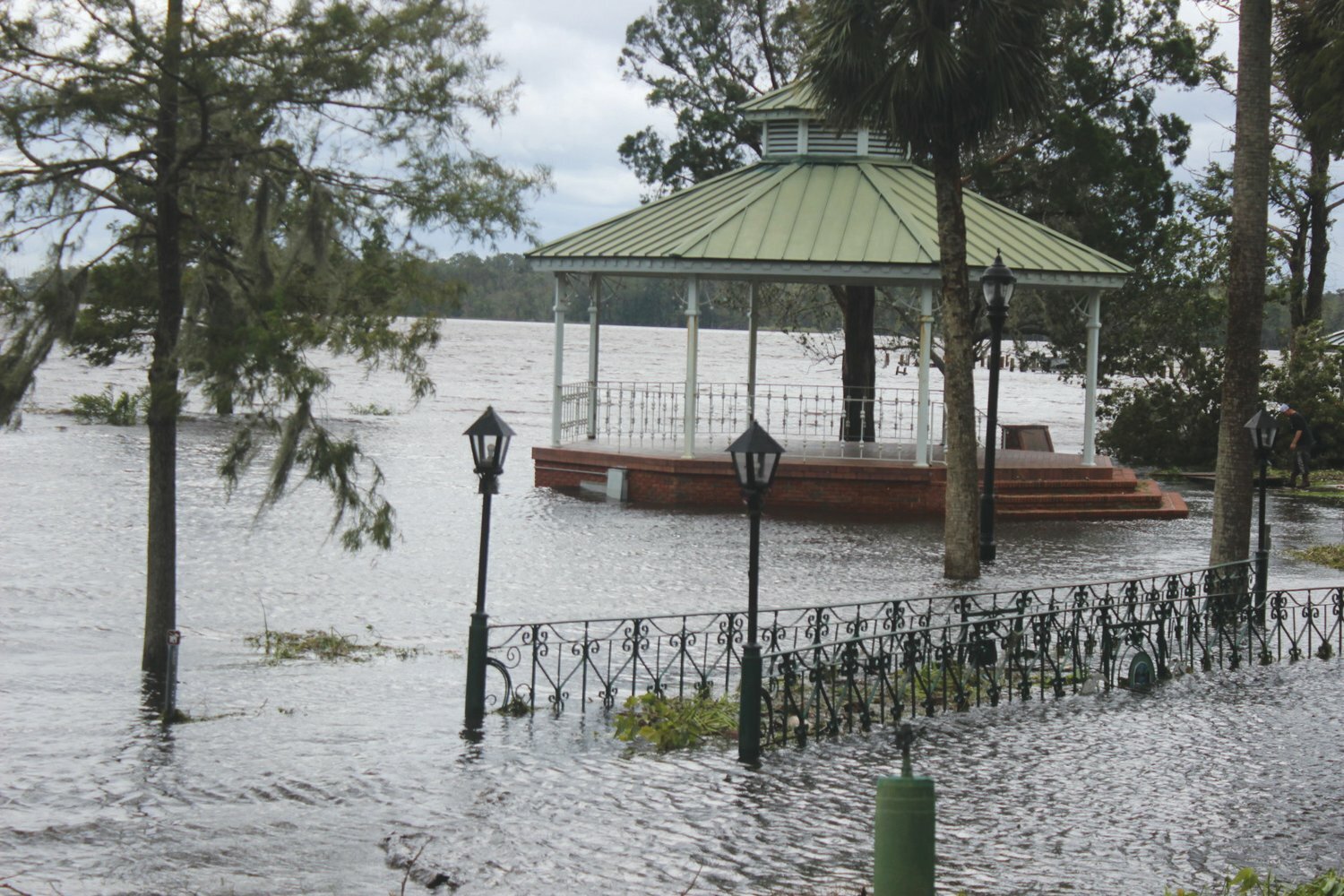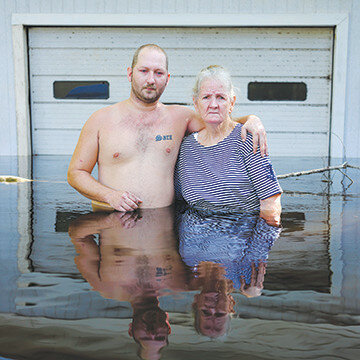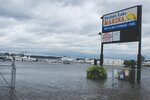Surviving the aftermath
CLAY COUNTY – The wind and rain have stopped. The sun is out. Now comes the real danger after a tropical storm or hurricane – the aftermath. That is when the risk of electrocution, disease, …
This item is available in full to subscribers.
Attention subscribers
To continue reading, you will need to either log in to your subscriber account, below, or purchase a new subscription.
Please log in to continueDon't have an ID?Print subscribersIf you're a print subscriber, but do not yet have an online account, click here to create one. Non-subscribersClick here to see your options for subscribing. Single day passYou also have the option of purchasing 24 hours of access, for $1.00. Click here to purchase a single day pass. |
Surviving the aftermath
CLAY COUNTY – The wind and rain have stopped. The sun is out. Now comes the real danger after a tropical storm or hurricane – the aftermath.
That is when the risk of electrocution, disease, carbon monoxide poisoning, drowning, animal bites, broken bones, heart attacks, dysentery, respiratory problems and infections are a real threat as everyone naively tries to return to a regular routine as quickly as possible.
“No matter how carefully we prepare for a disaster, we can be left with many questions in its aftermath,” Dr. Andra Johnson, the Dean of UF/IFAS Extension, wrote in a blog for the Florida Cooperative Extension Service. “How long will the electricity be out? Is my food and water safe to eat and drink? What’s the safest way to clean up?”
According to the National Oceanic Atmospheric Administration, it starts with staying put until it’s safe to leave, especially if you’re staying at a hotel, with a friend or at a shelter.
Other things you should do are:
• Avoid driving, except in emergencies
• Don’t drive through standing water
• Wear heavy work gloves, boots, face coverings or masks if cleaning mold or other debris
• Anyone with breathing problems like asthma or COPD, should not enter buildings with standing water, leaks or mold
• Children should not help with cleanup work
• Be aware of animals, especially snakes, in your house
• Downed wires can cause electrocution. Also, don’t touch metal fences outside until electric crews tell you it’s all right
• Don’t wade in standing water because downed power lines can electrically charge the water
• Only run generators and gas grills outside
• Don’t let your pet outside without a leash, and don’t approach a wandering animal
• Don’t connect your portable generator directly to your home’s electric system because it can electrify the outside lines
• Don’t enter your house if you smell natural gas
• Don’t sightsee other damaged neighborhoods
Your local Waffle House is one sign that things are returning to normal. The Federal Emergency Management Agency monitors the fast-food restaurant chain to measure the effect of a disaster on an area. FEMA uses the term “Waffle House Index” to describe a storm’s expected impact.
If a store is closed, the storm is expected to be very dangerous. If it offers a limited menu, it expects lost power and running low on supplies. If it’s open, the company expects little to no problems.
The agency also noted that the community sensed an immediate emotional rebound when the Waffle House reopened after a storm.
“The Waffle House test just doesn’t tell us how quickly a business might rebound – it also tells how the larger community is faring,” FEMA said in a 2011 blog post.
Other hazards that follow a hurricane, including overexertion, are perilous. Following a hurricane, people may want to clean up immediately, but overexertion can lead to heart attacks, heat strokes and other serious medical issues. Perform cleanups safely and slowly. Be sure to take lots of breaks and not push beyond your limits.
Most importantly, don’t be overwhelmed. You survived the storm. You will survive the aftermath.














